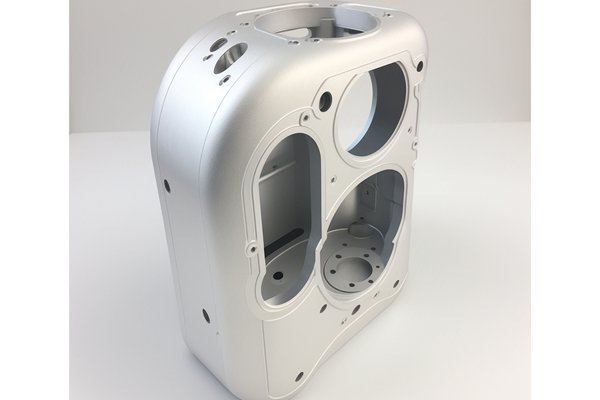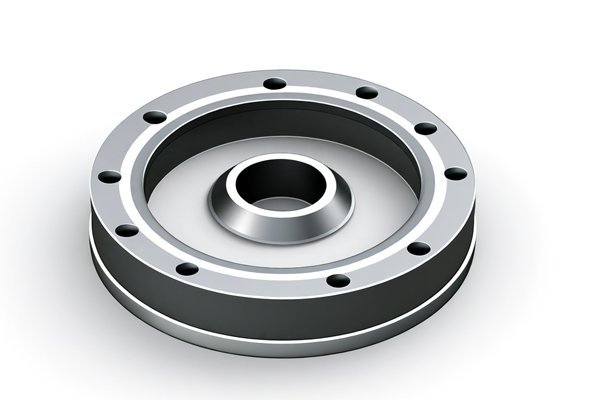Did you know that improper temperature control during CNC machining can lead to significant defects in plastic components, such as warping, cracking, or even complete product failure? A survey conducted by the National Institute of Standards and Technology (NIST) revealed that temperature-related defects account for as much as 30% of issues in the CNC machining of plastic materials. In this blog, we will delve deep into the significance of controlling machining temperature, particularly in the context of polyvinyl chloride (PVC) and polyoxymethylene (POM) plastics, and offer you detailed solutions to optimize results.
Understanding PVC and POM Plastics
Before we jump into temperature control strategies, it’s essential to understand the properties of PVC and POM, as these will help us appreciate why temperature management is crucial during their machining processes.
PVC (Polyvinyl Chloride)
Properties:
Applications:
Machining Challenges:
While PVC is generally easy to machine, its rigidity leads to seasonal changes in dimensional stability and sensitivity to temperature variations during processing.
POM (Polyoxymethylene)
Properties:
Applications:
Machining Challenges:
POM’s lower melting point compared to metals poses the risk of softening and distortion during machining processes if temperatures are not controlled.
Why Temperature Control Is Vital in CNC Machining
In CNC machining, particularly for thermoplastics like PVC and POM, temperature affects material flow, tool wear, dimensional accuracy, and surface finish. Here are few specific reasons why temperature control is essential:
Key Temperature Control Techniques for CNC Machining of PVC and POM

Implementing accurate temperature measurement tools such as infrared thermometers or thermocouples can help monitor the machining area’s temperature in real-time. This setup allows operators to make instantaneous adjustments.
Select cutting tools with coatings and materials designed to withstand high temperatures. Each type of plastic has its optimal cutting speed and feed rate to prevent excessive heat generation.
Modifying your cutting speed, feed rate, and depth of cut can significantly impact the temperature generated during machining.
Incorporating cooling methods can effectively manage the heat generated during machining.
Maintaining a steady and cool ambient environment can help mitigate temperature fluctuations that may affect the machining process.
Regular maintenance can ensure that machinery operates at peak efficiency, thereby minimizing excess heat generation.
Case Studies: Successful Temperature Control in CNC Machining of PVC and POM
Case Study 1: PVC Pipe Manufacturing
In a PVC pipe manufacturing facility, operators implemented a combination of advanced temperature measurement tools and specialized coated carbide cutting tools to mitigate thermal stress. As a result, the temperature fluctuations were reduced by 30%, leading to a 25% increase in tooling life and a marked improvement in pipe dimensional accuracy.
Case Study 2: POM Gear Machining
A manufacturer of POM gears utilized a comprehensive cooling system and real-time temperature monitoring to maintain optimal processing conditions. The introduction of flood cooling reduced the incidence of part deformation and improved the surface finish by approximately 40%.
Controlling the processing temperature in CNC machining of PVC and POM plastics is vital for achieving high-quality components and optimizing performance. Utilizing a combination of advanced temperature measurement tools, selecting the right tools, adjusting machining parameters, employing cooling systems, and maintaining a stable environment can lead to significant improvements.
In today’s competitive manufacturing landscape, ensuring precision and quality through effective temperature management can make a substantial difference in both operational efficiency and product integrity. Considering the potential defects that arise from improper temperature control, investing time and resources into mastering this aspect of CNC machining is not just beneficial – it’s essential. As you move forward with your CNC machining projects, let this guide serve as a cornerstone in your strategy for achieving optimal results.






